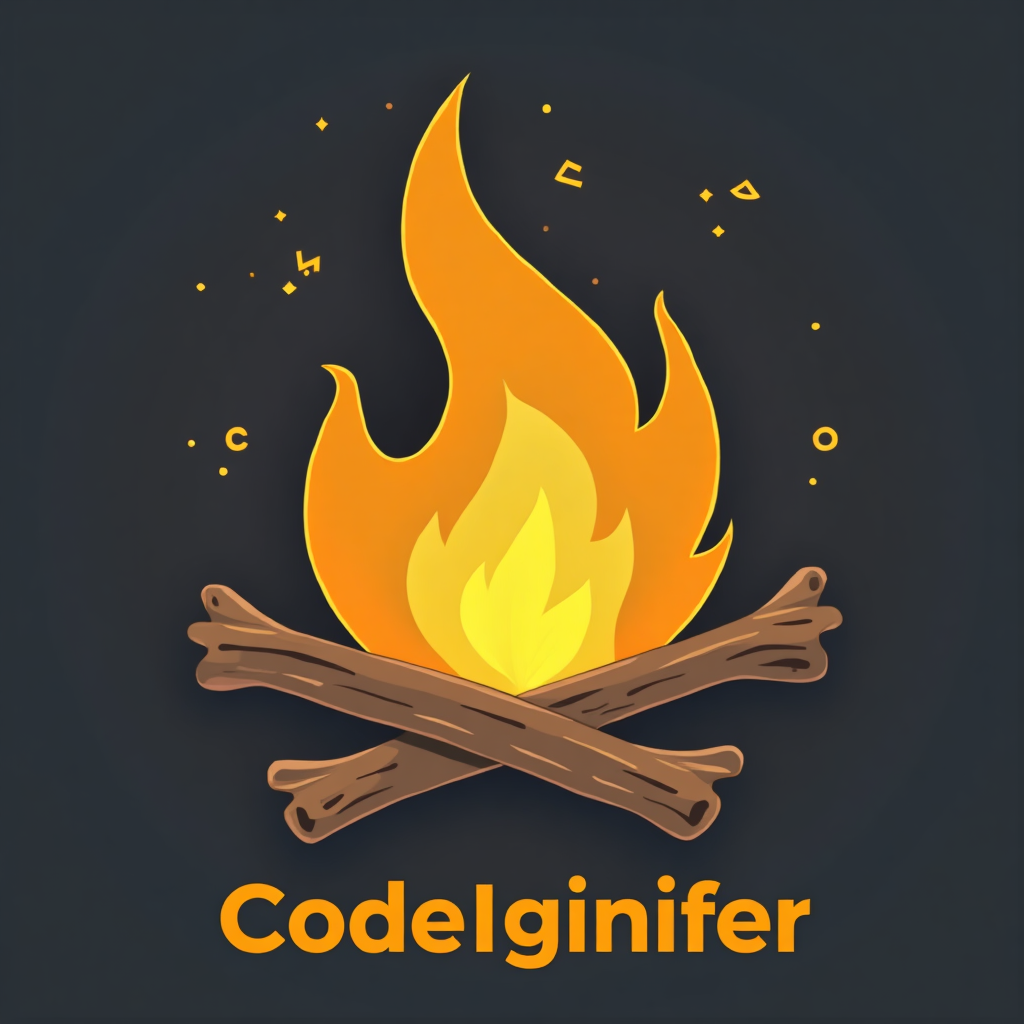
Introduction to eLearning Platforms
eLearning platforms have become an essential tool for education and training in recent years. With the advancement of technology, it has become possible to create interactive and engaging online courses that can be accessed from anywhere in the world. CodeIgniter is a popular PHP framework that can be used to build robust and scalable eLearning platforms. In this article, we will discuss how to build eLearning platforms with CodeIgniter.CodeIgniter is a lightweight and flexible framework that provides a simple and easy-to-use interface for building web applications. It has a small footprint, which makes it ideal for building large and complex applications. With CodeIgniter, you can build a wide range of eLearning platforms, from simple online courses to complex learning management systems.
Key Features of eLearning Platforms
Before we dive into the process of building an eLearning platform with CodeIgniter, let’s take a look at some of the key features that an eLearning platform should have. These include:Course management: The ability to create, edit, and delete courses. User management: The ability to create, edit, and delete user accounts. Assessment and evaluation: The ability to create and manage quizzes, exams, and other assessments. Reporting and analytics: The ability to track user progress and performance.These are just a few examples of the key features that an eLearning platform should have. Depending on the specific requirements of your platform, you may need to include additional features such as payment gateways, discussion forums, and live chat.

Setting Up CodeIgniter
To get started with building an eLearning platform with CodeIgniter, you will need to set up the framework on your local machine or server. Here are the steps to follow:Download the CodeIgniter framework from the official website. Extract the files to a directory on your local machine or server. Configure the database settings in the database.php file. Create a new database and add the necessary tables.Once you have set up CodeIgniter, you can start building your eLearning platform. You will need to create the necessary controllers, models, and views for your platform.
Building the Course Management System
The course management system is a critical component of any eLearning platform. This system should allow administrators to create, edit, and delete courses, as well as manage course content.To build the course management system, you will need to create a new controller, model, and view. The controller will handle the logic for creating, editing, and deleting courses. The model will handle the database interactions, and the view will display the course information.Here is an example of how you might create the course management system using CodeIgniter:
Building the User Management System
The user management system is another critical component of any eLearning platform. This system should allow administrators to create, edit, and delete user accounts, as well as manage user roles and permissions.To build the user management system, you will need to create a new controller, model, and view. The controller will handle the logic for creating, editing, and deleting users. The model will handle the database interactions, and the view will display the user information.Here is an example of how you might create the user management system using CodeIgniter:
Integrating Assessment and Evaluation Tools
Assessment and evaluation tools are an essential part of any eLearning platform. These tools should allow administrators to create and manage quizzes, exams, and other assessments.To integrate assessment and evaluation tools into your eLearning platform, you can use a combination of CodeIgniter and third-party libraries. For example, you might use a library like Quizlet to create and manage quizzes.Here is an example of how you might integrate assessment and evaluation tools into your eLearning platform using CodeIgniter:
Deploying the eLearning Platform
Once you have built and tested your eLearning platform, you are ready to deploy it to a live server. Here are the steps to follow:Upload the CodeIgniter files to your live server. Configure the database settings for your live server. Test the platform to make sure everything is working as expected.Once your eLearning platform is live, you can start promoting it to potential users. You can use a variety of marketing strategies, including social media, email marketing, and search engine optimization.
Conclusion
Building an eLearning platform with CodeIgniter is a complex process that requires careful planning and execution. However, with the right tools and techniques, you can create a robust and scalable platform that meets the needs of your users.I hope this article has provided you with a good understanding of how to build an eLearning platform with CodeIgniter. Remember to follow best practices for coding, testing, and deployment to ensure that your platform is stable and secure.

